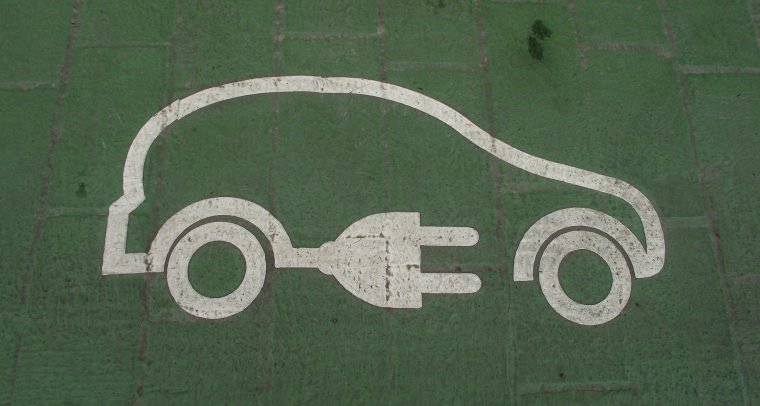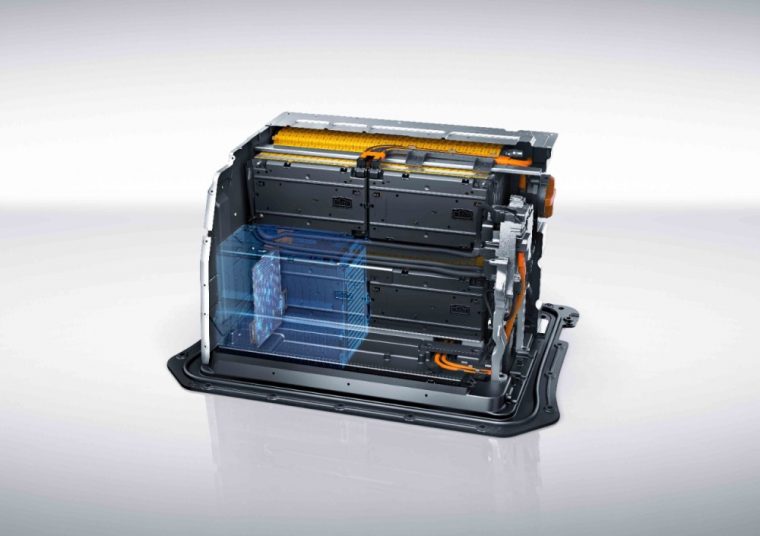New Research Could Solve Goldilocks Problem for Electric Car Fast Charging
Interestingly, the newest innovation in vehicle batteries isn’t some high-tech conglomeration of super-expensive materials combined with some sort of space-age biotechnology. Nope, the newest innovation seems to be a cleverly-implemented idea using cheap, light materials to allow easier electric car fast charging. It’s nice when things work out sometimes.
Steady Improvements: Here are several ways you can improve your commute
The research was published in the journal Proceedings of the National Academy of Sciences of the United States of America, and promises to fix the slow-charging and battery temperature problems. Currently, electric cars take lots of flak for their multi-hour full-charge times, which are limited to keep the batteries from degrading.
Battery problems
This is because of a problem of lithium-ion batteries (the most popular one used in electric vehicles) called dendrite growth. Dendrite growth is where lithium ions tend to plate up on carbon anodes in the battery while charging, which is especially bad at low temperatures. That is why most longer-range EVs have battery pack heating. It’s also why they tend to charge slower in the cold.

Photo: byronv2
Innovation
Here’s how the new innovation works. The researchers embedded nickel foils in the cathode that rapidly heat the battery cells before charging starts. This helps prevent the lithium from plating, letting the batteries charge faster and more often than older versions. In the paper, the team said that the new cells charged 4,500 cycles with less than 20 percent capacity loss, 90 times better than current batteries.
That’s Better: The 2019 Chevy Volt is coming with an improved charge time
All in all, the batteries could charge in 15 minutes, even at temperatures as low as negative 50 degrees Celsius, and still last a dozen years. Meanwhile, the nickel foil adds 0.5 percent in weight and 0.04 percent the cost.
The paper says it bypasses trade-offs between temperature and charge times, solving the “Goldilocks” problem of battery heating. And I think that’s juuuuuuust right.
News Sources: Green Car Reports, ChargedEVs, PNAS

The News Wheel is a digital auto magazine providing readers with a fresh perspective on the latest car news. We’re located in the heart of America (Dayton, Ohio) and our goal is to deliver an entertaining and informative perspective on what’s trending in the automotive world. See more articles from The News Wheel.


